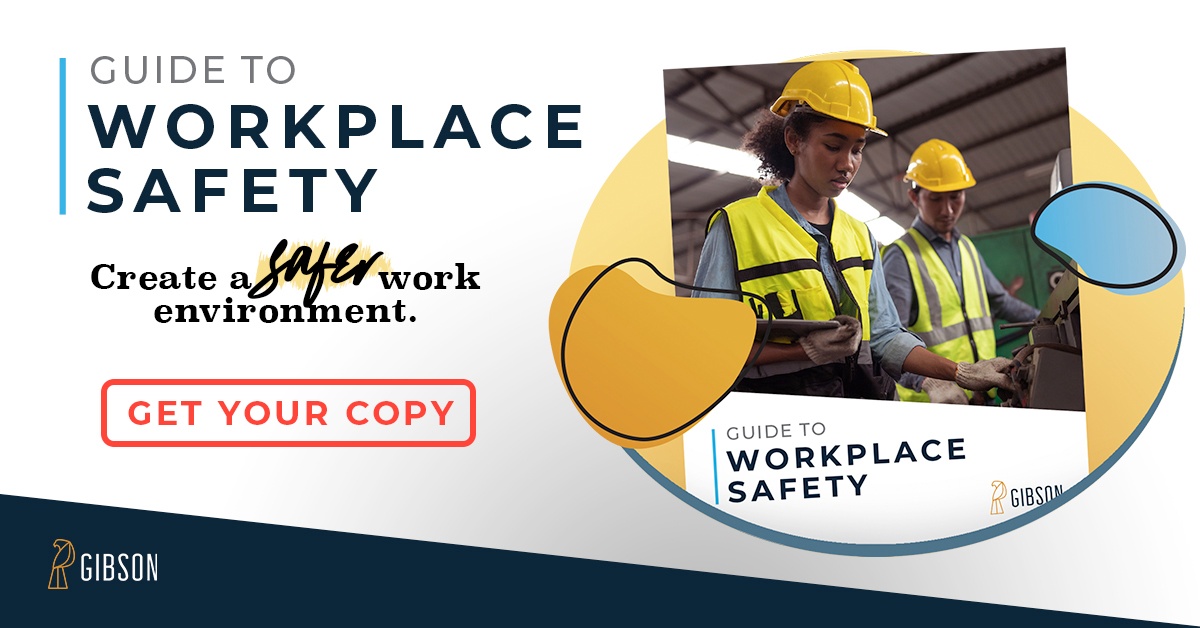 For many, if not most, businesses, intellectual property—such as inventions, trademarks, trade secrets, business strategies, or operational details—is the most valuable asset they have. It’s what allows a business to differentiate itself from competitors, whether it’s a more efficient process, more robust sales leads, or a unique product or formula. According to some recent estimates, it makes up 75% of companies’ values.
For many, if not most, businesses, intellectual property—such as inventions, trademarks, trade secrets, business strategies, or operational details—is the most valuable asset they have. It’s what allows a business to differentiate itself from competitors, whether it’s a more efficient process, more robust sales leads, or a unique product or formula. According to some recent estimates, it makes up 75% of companies’ values.
Protection Is Necessary
Despite the importance of intellectual property, few businesses take even the simplest steps to protect their intellectual property—perhaps because you can’t typically protect intellectual property like you do other property. It’s an intangible asset; it’s found in electronically stored data, in documents, or in the properties of physical things. It’s not in the warehouse behind locked doors, barbed-wire fences, and a security guard. Someone can steal it without ever setting foot on your property. They can hack your network, copy your logo, or reverse engineer your product. They can even acquire the right to use intellectual property if you’ve failed to take steps to prevent others from using it.
But once your intellectual property is stolen, it’s tough to stop the bleeding. Since intellectual property—unlike something tangible—can be used by multiple people simultaneously, a compromised business may have to pursue violators all over the country and even the world before its damages are fully contained. Even that may not be enough. Intellectual-property theft costs businesses not only real money—an estimated half a billion dollars annually—but also time and resources spent on damage control, public reputation or good will, market share, and growth opportunities. You may never completely undo the harm.
Legal Protections Alone Are Not Enough
So it’s essential to establish an intellectual-property risk-management strategy. A comprehensive strategy will be tailored to meet the specific needs of different businesses. For example, a business selling a unique product may seek to patent its intellectual property. Many businesses will seek federal trademark protection for their names, logos, and taglines. Others with non-public intellectual property will rely on the Uniform Trade Secrets Act or another similar statute in its home state.
All of these can be important risk-management strategies. They will not, however, be sufficient on their own. For example, a trademark will lose value if the company fails to enforce it through cease-and-desist letters, lawsuits, or written licenses for permitted users. And simply calling information a trade secret won’t make it so—especially if the company doesn’t treat the information as confidential. Therefore, any worthwhile intellectual-property risk-management strategy will include some proactive practices to help prevent intellectual-property theft.
Recommended Practices
Some practices to consider implementing for your business include:
- Establish an intellectual-property compliance team that includes members of senior management. This team will be responsible for the business’s efforts to protect its intellectual property, including identifying intellectual property, setting policy and procedures related to intellectual property, monitoring compliance with the business’s policy and procedures, and developing a plan for handling possible intellectual-property theft.
- Secure digital data using networks accessible only to designated employees or password protection for files containing sensitive information and software that alerts executives or data managers when the security is breached.
- Include a confidentiality policy in the employee handbook and require employees with access to confidential information to sign confidentiality agreements that clearly describe confidential information, prohibit disclosure and use of confidential information except as necessary to perform their jobs, establish penalties for violations, allow for injunctive relief, and last indefinitely (including after employment ends).
- Train employees about handling confidential information and regularly remind them of their obligations under any confidentiality policies or agreements.
- Require third parties that will have access to confidential information to sign confidentiality agreements that clearly describe confidential information, prohibit disclosure and use of confidential information except as necessary to perform obligations for the business, establish penalties for violations, allow for injunctive relief, and require the return of all confidential information when the relationship with the third party ends.
- Routinely monitor computer networks and systems and review access levels across user groups.
Maintain A Protection-Oriented Culture
These practices will help create a culture that values and protects intellectual property. With this protection-oriented culture, your business will be better prepared to address the constantly—and quickly—evolving digital landscape. You won’t scramble to address new risks to intellectual property as they crop up. Instead, your business will be able to focus on what it does best—doing business.





